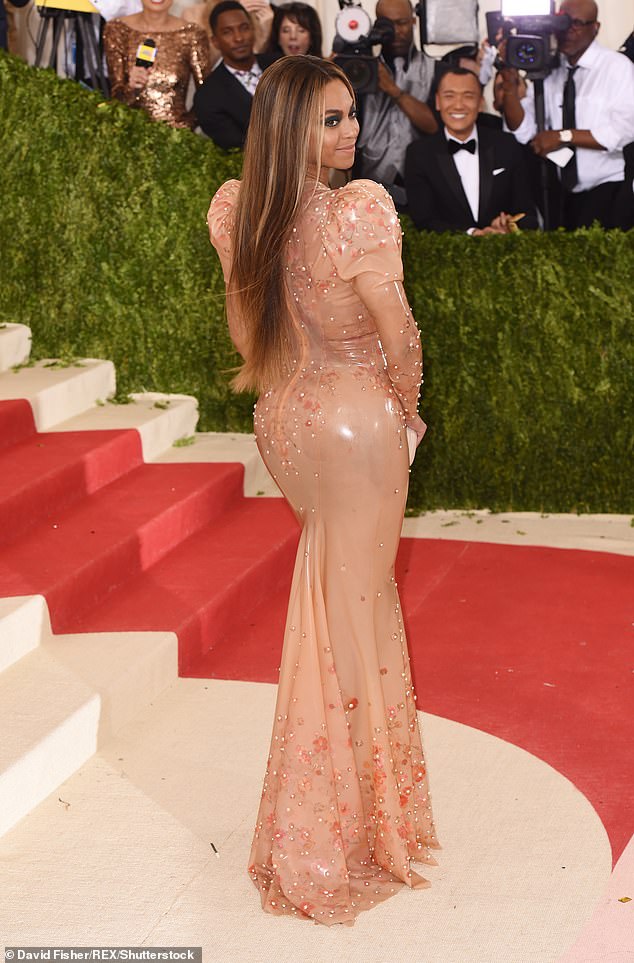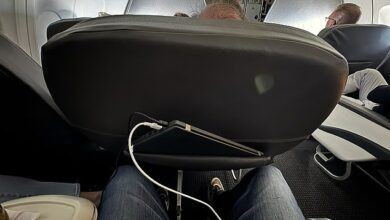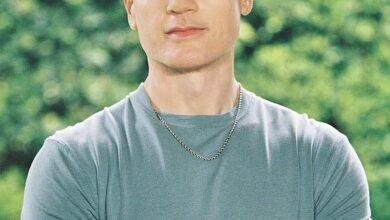Scientists have discovered a surprising detail that makes a woman’s butt attractive







The quest for a plump derriere has never been more popular – thanks to celebrities like Kim Kardashian and Cardi B regularly showing off their ample assets.
And now experts have pinpointed exactly what it is about the butt that makes it so attractive to a romantic interest. And it’s not necessarily the size.
An intriguing study by a team of European scientists has found that, contrary to popular belief, it’s not the combination of a big bum and a small waist that we’re most attracted to.
In fact, both men and women are most fixated on the gap between the buttocks, medically known as the gluteal cleft.
The experts came to this conclusion after monitoring the eye movements of volunteers who were shown a series of images of women’s backsides from different angles.
The data was then analyzed to find out not only which parts of the butt attracted the most attention, but also how long people lingered on specific parts of the butt.
The findings come amid an explosion in demand for bottom-enhancing procedures such as fillers and the deadly Brazilian Butt Lift surgery.
The number of people undergoing this risky surgery worldwide has increased by 20 percent in the past five years, according to data from the International Society of Aesthetic Plastic Surgery (ISAPS).

The explosion in popularity of the Brazilian Butt Lift has been attributed to the appearance of celebrities like Kim Kardashian, pictured here in 2017

Beyonce often wears form-fitting clothes that show off her enviable figure.

Fans have long complimented Jennifer Lopez on her generous booty and naturally slim waist.
In the experiment, a team of European experts recruited 67 heterosexual people, about 60 percent of whom were women, and showed them images of seven female buttocks.
Each film was presented from five different angles, from the side, on a light axis, and also from a direct ‘front-on’ perspective.
During this process, a special camera tracked the volunteers’ eye movements, tracking which parts of the derrières they looked at first, and for how long.
The results showed that the intergluteal cleft (often called the ‘crack’) was not only the area that both men and women looked at first, but also where they lingered the longest.
Both men and women settled on the butt in about a second and then lingered there for a second longer, the fastest and longest periods of any area, respectively.
In contrast, the “thigh gap,” the space between some women’s inner thighs, appeared last and least.
Men and women lingered in this area for less than 0.2 seconds.
Writing in the diary, Aesthetic Plastic Surgerythe authors said that their findings could be explained by a biological imperative.

Experts tracked the eye movements of volunteers who were shown a series of female backsides from different angles. In the photo: one of the derrières used in the study

Soils were mapped by experts in different regions and software was used to track where men and women first looked and where their eyes lingered

The intergluteal cleft was the area that attracted attention the quickest and held it the longest, while the thigh cleft was the most avoided and looked the least. Pictured: A heat map of the results, red areas show where attention was held most often and for the longest time
“Biologically, humans may be programmed to notice specific physical characteristics that historically signified reproductive fitness,” they wrote.
They added that the results contradicted previous research that suggested men were most attracted to the combination of a narrow female waist and large buttocks.
“Numerous studies have highlighted this ratio as a key element of female attractiveness from a male perspective, mainly because of its potential associations with reproductive health,” they wrote.
But in contrast, the study found that these areas did not appear to have any special significance for men.
“This unexpected finding challenges long-standing assumptions and underlines the complexity and multifaceted nature of human attraction,” they wrote.
They added: ‘It could also point to the evolving nature of attraction metrics in contemporary society, where other factors could overshadow traditional evolutionary signals.’
The authors said their findings have implications for cosmetic surgery aimed at improving the appearance of the buttocks.
“When assessing the buttocks, it is essential to take a holistic approach that emphasizes the importance of the intergluteal cleft and lower regions,” they wrote.
The authors noted that their study had several limitations, most notably the small number of participants, and said further research should aim to replicate their work in larger and more diverse groups.
They added another factor to consider: the images showed buttocks in underwear, which could have potentially attracted attention and affected the results.




